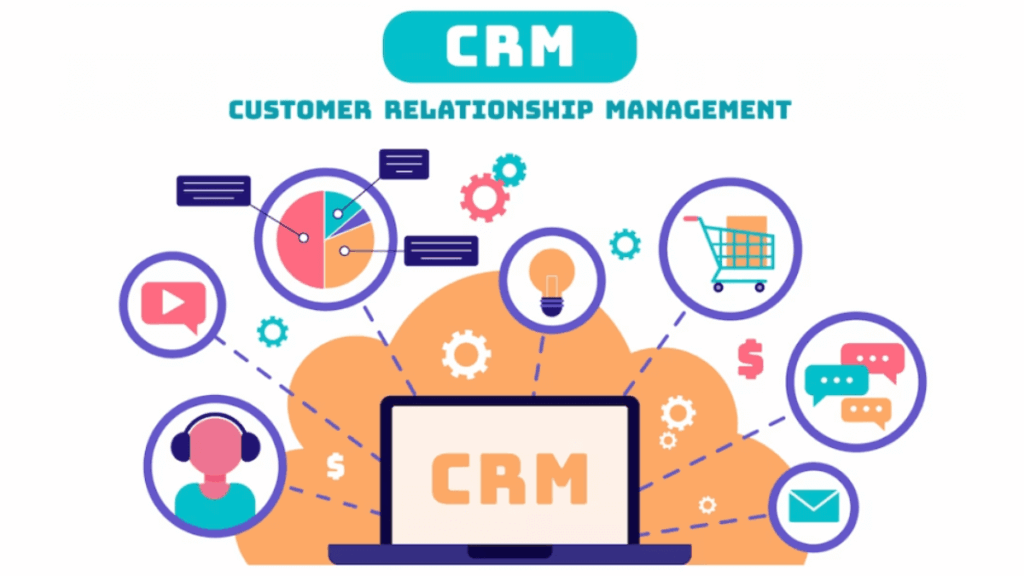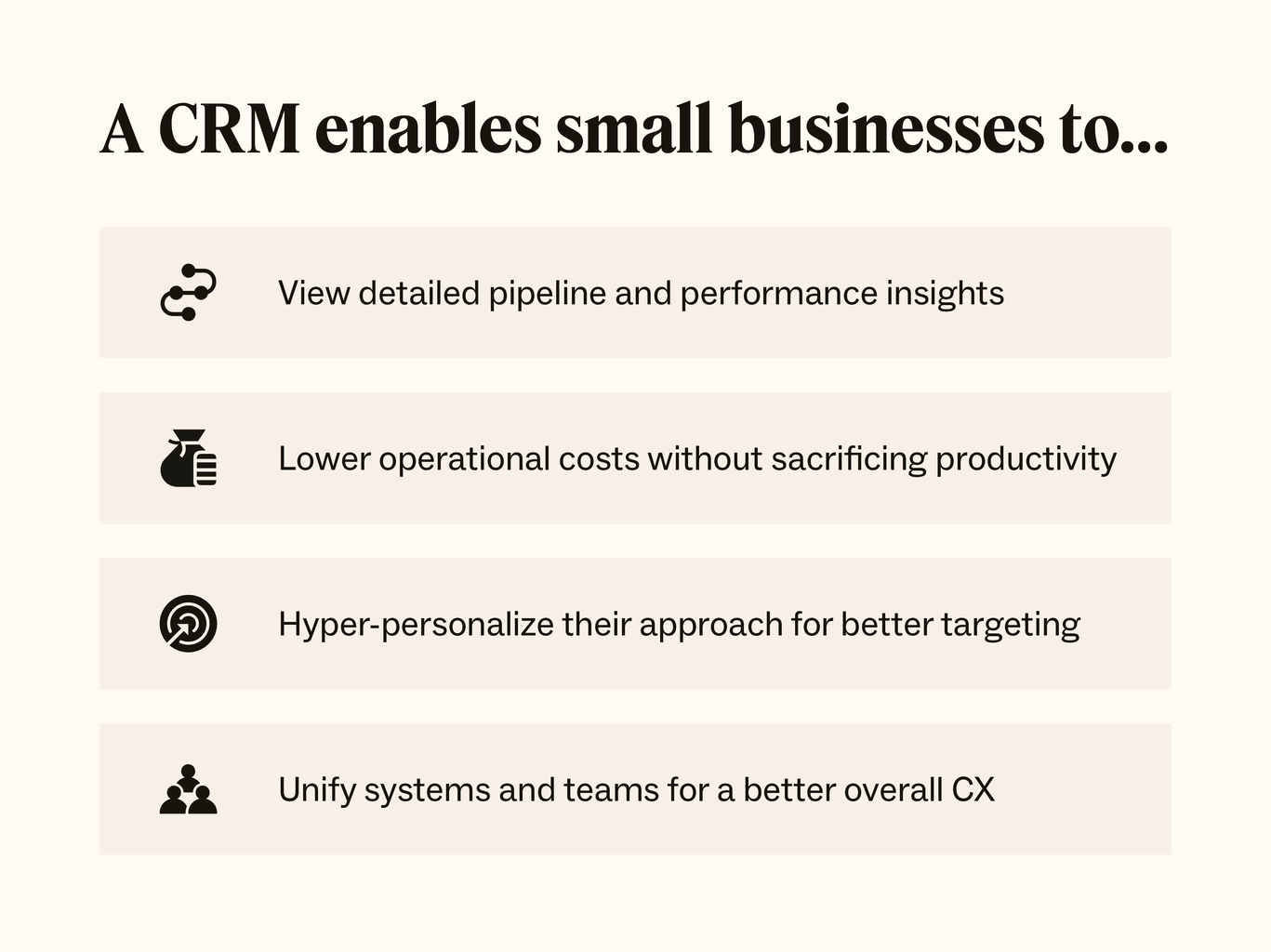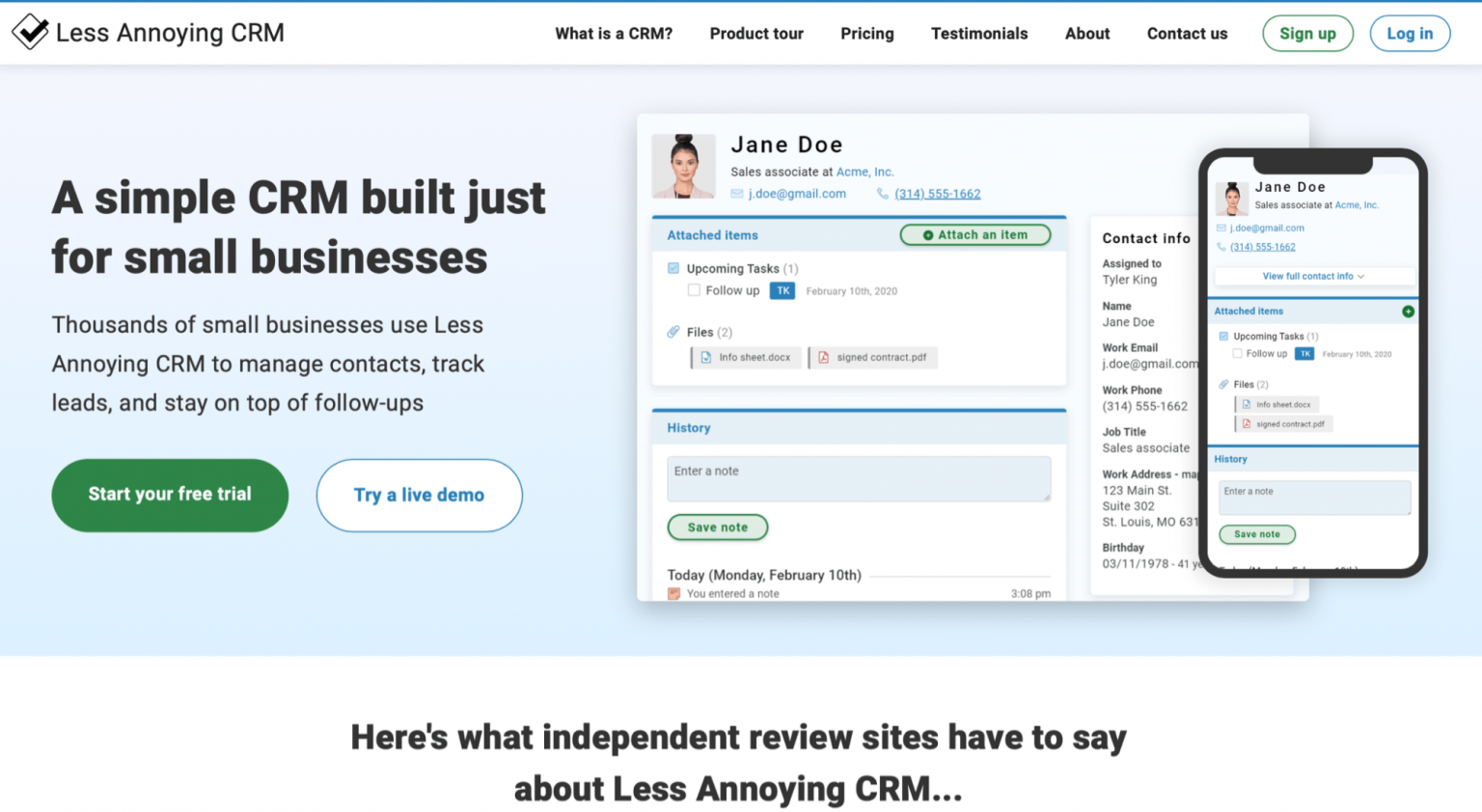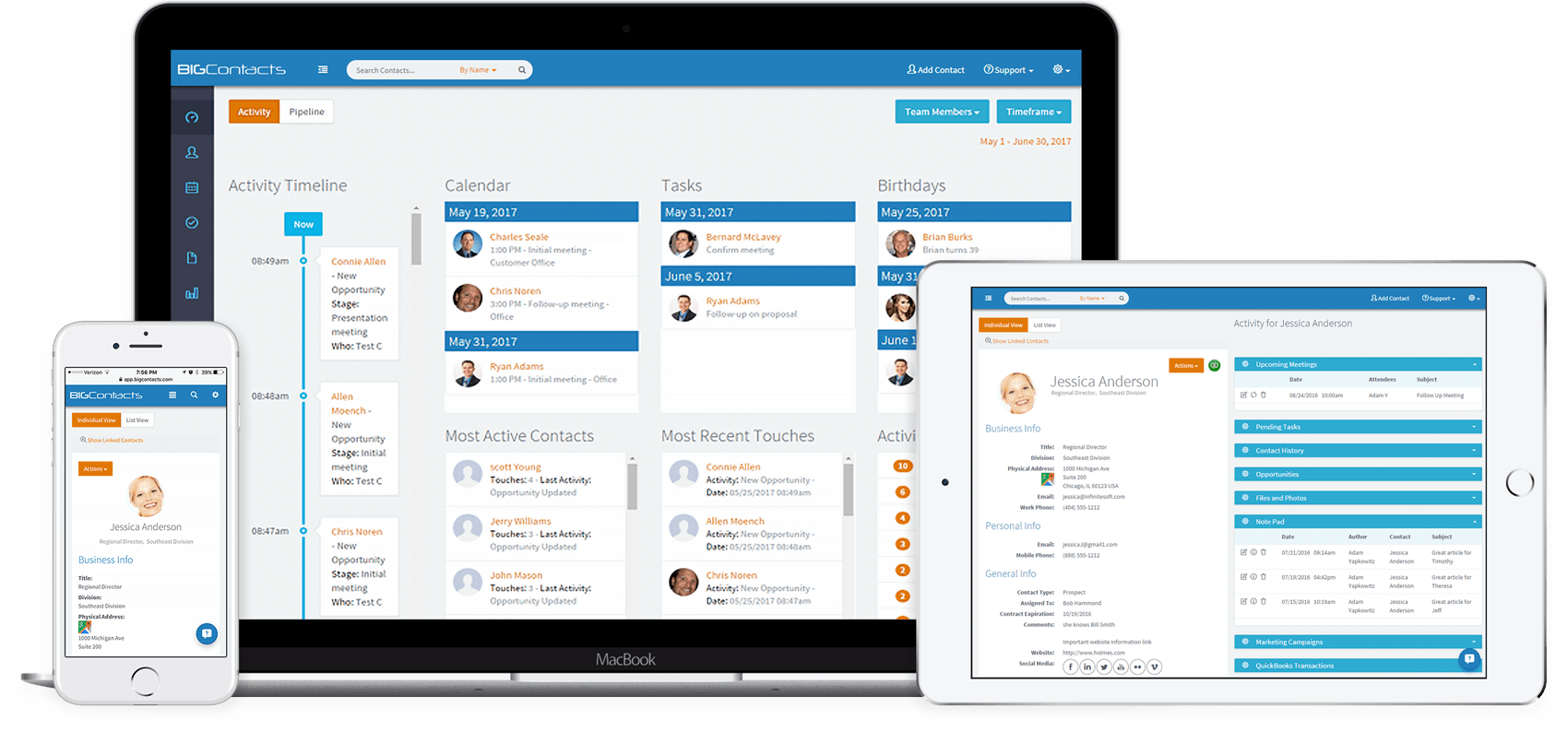
Small Business CRM Tutorial: Your Step-by-Step Guide to Customer Relationship Mastery
Running a small business is a whirlwind of activity. You’re juggling everything from product development and marketing to sales and customer service. Amidst all the chaos, it’s easy to let customer relationships fall by the wayside. That’s where a Customer Relationship Management (CRM) system comes in. Think of it as your central hub for all things customer-related, helping you organize, automate, and personalize your interactions. This small business CRM tutorial will walk you through everything you need to know to get started, from understanding the basics to implementing a system that fits your unique needs.
What is a CRM System, and Why Does Your Small Business Need One?
Before we dive into the nitty-gritty, let’s define what a CRM is. A CRM system is a software application designed to manage all your company’s interactions with current and potential customers. It’s more than just a contact list; it’s a comprehensive tool that tracks every touchpoint, from initial inquiries to closed deals and ongoing support.
Here’s why your small business desperately needs a CRM:
- Improved Customer Relationships: CRM allows you to understand your customers better. By tracking their preferences, purchase history, and communication, you can tailor your interactions to their individual needs, leading to stronger relationships.
- Increased Sales: CRM helps you streamline your sales process. You can track leads, manage opportunities, and automate follow-ups, ultimately leading to more closed deals.
- Enhanced Customer Service: With a CRM, your support team has instant access to customer information, allowing them to provide faster and more effective assistance.
- Better Organization: Say goodbye to scattered spreadsheets and messy email inboxes. A CRM centralizes all customer data in one place, making it easy to find what you need when you need it.
- Data-Driven Decisions: CRM provides valuable insights into your customers and your business. You can analyze sales data, track marketing campaign performance, and identify areas for improvement.
In essence, a CRM system empowers you to work smarter, not harder, by automating repetitive tasks, providing valuable insights, and fostering stronger customer relationships. This translates to increased efficiency, higher sales, and improved customer satisfaction—all critical for small business success.
Choosing the Right CRM for Your Small Business
Selecting the right CRM can feel overwhelming, given the plethora of options available. However, the key is to find a system that aligns with your specific business needs, budget, and technical capabilities. Here’s a breakdown of factors to consider:
1. Assess Your Needs
Before you start browsing CRM options, take some time to evaluate your current processes and identify your pain points. Ask yourself these questions:
- What are your primary goals for implementing a CRM? (e.g., increase sales, improve customer service, streamline marketing)
- What customer data do you need to track? (e.g., contact information, purchase history, communication logs)
- What features are essential for your business? (e.g., contact management, sales automation, email marketing integration)
- What are your current sales and marketing processes?
- How many users will need access to the CRM?
Answering these questions will give you a clear understanding of your CRM requirements, helping you narrow down your choices.
2. Consider Your Budget
CRM systems come in various price points, from free, basic options to comprehensive, enterprise-level solutions. Determine how much you’re willing to spend on a CRM, taking into account the initial setup costs, monthly subscription fees, and any additional expenses for training or customization.
Remember that the cheapest option isn’t always the best. Consider the value you’ll receive from the CRM in terms of increased efficiency, improved sales, and enhanced customer satisfaction.
3. Evaluate Features
Different CRM systems offer different features. Make sure the CRM you choose includes the features that are essential for your business. Here are some common features to look for:
- Contact Management: The ability to store and manage customer contact information, including names, addresses, phone numbers, and email addresses.
- Lead Management: Tools for tracking and nurturing leads, from initial contact to conversion.
- Sales Automation: Features that automate repetitive sales tasks, such as email follow-ups and task reminders.
- Marketing Automation: Capabilities for creating and managing marketing campaigns, such as email marketing and social media integration.
- Reporting and Analytics: Tools for tracking key performance indicators (KPIs) and generating reports to measure your progress.
- Integration: The ability to integrate with other business tools you use, such as email marketing platforms, accounting software, and social media channels.
- Mobile Access: The ability to access your CRM data on the go, from your smartphone or tablet.
4. Research CRM Providers
Once you have a clear understanding of your needs and budget, it’s time to research CRM providers. Here are some popular CRM options for small businesses:
- HubSpot CRM: A free CRM with powerful features for contact management, sales automation, and marketing.
- Zoho CRM: A comprehensive CRM with a wide range of features and integrations, suitable for businesses of all sizes.
- Salesforce Sales Cloud: A leading CRM platform with advanced features and customization options, ideal for larger businesses.
- Pipedrive: A sales-focused CRM designed for small businesses, with a user-friendly interface and pipeline management features.
- Freshsales: A CRM with built-in phone and email integration, ideal for sales teams.
Read reviews, compare features, and consider the pricing plans of different providers. Many providers offer free trials, so you can test out the software before committing to a subscription.
5. Consider Ease of Use and Implementation
Choose a CRM that is easy to use and implement. A complex or difficult-to-use system will likely be underutilized, negating the benefits of having a CRM in the first place. Look for a CRM with a user-friendly interface, intuitive features, and helpful support resources. Check the provider’s documentation, tutorials, and customer support options. Some providers offer implementation services to help you set up and configure the CRM.
Step-by-Step Guide to Implementing a CRM for Your Small Business
Once you’ve chosen your CRM, it’s time to get started. Here’s a step-by-step guide to help you implement your new CRM system successfully:
1. Set Up Your CRM Account
The first step is to create your CRM account and configure your basic settings. This typically involves providing your company information, setting up user accounts, and customizing your dashboard. Follow the provider’s instructions for setting up your account and configuring your basic settings.
2. Import Your Data
Next, you’ll need to import your customer data into your CRM. This may involve importing data from spreadsheets, contact lists, or other systems. Most CRM systems allow you to import data in various formats, such as CSV files. Make sure your data is clean and organized before importing it to avoid errors. If you have a large amount of data, consider using a data migration service to help with the import process.
3. Customize Your CRM
Customize your CRM to meet your specific needs. This may involve creating custom fields, modifying workflows, and integrating with other business tools. Most CRM systems offer a range of customization options, allowing you to tailor the system to your unique requirements. Take the time to explore the customization options and configure your CRM to work the way you want it to.
4. Train Your Team
Provide training to your team on how to use the CRM. This is crucial for ensuring that everyone understands how to use the system effectively. Offer training sessions, create user guides, and provide ongoing support to help your team get the most out of the CRM. Encourage your team to ask questions and provide feedback.
5. Start Using the CRM
Once your CRM is set up and your team is trained, start using it. Encourage your team to enter customer data, track leads, manage opportunities, and use the CRM for all customer-related activities. The more you use the CRM, the more valuable it will become.
6. Monitor and Refine
Regularly monitor your CRM usage and performance. Track your key performance indicators (KPIs) and identify areas for improvement. Make adjustments to your CRM configuration or processes as needed to optimize its effectiveness. Review your data regularly to ensure its accuracy and completeness. Continuous monitoring and refinement are key to maximizing the benefits of your CRM.
Maximizing Your CRM: Tips and Best Practices
Implementing a CRM is just the first step. To truly leverage the power of your CRM, you need to adopt best practices and continuously refine your approach. Here are some tips to help you get the most out of your CRM:
1. Keep Your Data Clean and Updated
The quality of your CRM data directly impacts its effectiveness. Regularly clean and update your data to ensure accuracy and completeness. This includes removing duplicate records, correcting errors, and verifying contact information. Implement processes for data entry and data maintenance to ensure that your data remains accurate over time.
2. Use the CRM Consistently
Encourage your team to use the CRM consistently for all customer-related activities. Make it a habit to enter customer data, track leads, manage opportunities, and document all interactions. The more your team uses the CRM, the more valuable it will become. Make the CRM an integral part of your daily workflow.
3. Automate Repetitive Tasks
Leverage the automation features of your CRM to streamline your processes and free up your team’s time. Automate tasks such as email follow-ups, task reminders, and lead assignment. Automation can save your team valuable time and improve efficiency. Identify repetitive tasks and automate them whenever possible.
4. Integrate with Other Tools
Integrate your CRM with other business tools, such as email marketing platforms, accounting software, and social media channels. Integration allows you to share data between systems, eliminating the need for manual data entry and improving efficiency. Explore the integration options available with your CRM and integrate with the tools that are most relevant to your business.
5. Analyze Your Data
Regularly analyze your CRM data to gain insights into your customers, your sales process, and your marketing campaigns. Use the reporting and analytics features of your CRM to track your KPIs, identify trends, and measure your progress. Use the data to make data-driven decisions and optimize your business processes.
6. Train Your Team Regularly
Provide ongoing training to your team on how to use the CRM effectively. This is especially important as new features are added or your business processes evolve. Offer refresher courses, provide user guides, and encourage your team to ask questions. Continuous training will help your team stay up-to-date on the latest features and best practices.
7. Seek Feedback and Iterate
Regularly seek feedback from your team on their experience with the CRM. Identify areas for improvement and make adjustments to your processes or CRM configuration as needed. Continuously iterate on your approach to maximize the value of your CRM.
Troubleshooting Common CRM Challenges
Even with careful planning and implementation, you may encounter some challenges when using a CRM. Here are some common issues and how to address them:
1. Data Entry Issues
Inaccurate or incomplete data can undermine the effectiveness of your CRM. To address this, implement clear data entry guidelines, provide training to your team, and regularly review and clean your data. Consider using data validation rules to prevent errors.
2. Low User Adoption
If your team isn’t using the CRM, you won’t be able to realize its full potential. To increase user adoption, provide comprehensive training, highlight the benefits of using the CRM, and make it an integral part of your team’s daily workflow. Get feedback from your team and address any concerns they may have.
3. Integration Problems
Integration issues can disrupt your workflow and lead to data inconsistencies. When integrating with other tools, carefully follow the provider’s instructions and test the integration thoroughly. If you encounter problems, contact the provider’s support team for assistance.
4. Lack of Customization
If your CRM isn’t customized to meet your specific needs, it may not be as effective as it could be. Take the time to customize your CRM to your unique requirements. Consider working with a CRM consultant to help you with the customization process.
5. Limited Reporting and Analytics
If you’re not able to generate the reports and analytics you need, you won’t be able to track your progress and make data-driven decisions. Make sure your CRM offers the reporting and analytics features you need. Consider using third-party reporting tools if your CRM’s built-in features are insufficient.
Conclusion: Embrace the Power of CRM for Small Business Success
Implementing a CRM system is a strategic investment that can transform your small business. By centralizing customer data, automating processes, and providing valuable insights, a CRM empowers you to build stronger customer relationships, increase sales, and improve overall business performance. This small business CRM tutorial has provided you with the knowledge and guidance you need to get started. Embrace the power of CRM and watch your small business thrive.
Remember, the key to CRM success is not just implementing the system, but also using it consistently, keeping your data clean, and continuously refining your approach. With the right CRM and a commitment to best practices, you can unlock the full potential of your customer relationships and achieve sustainable growth for your small business.


